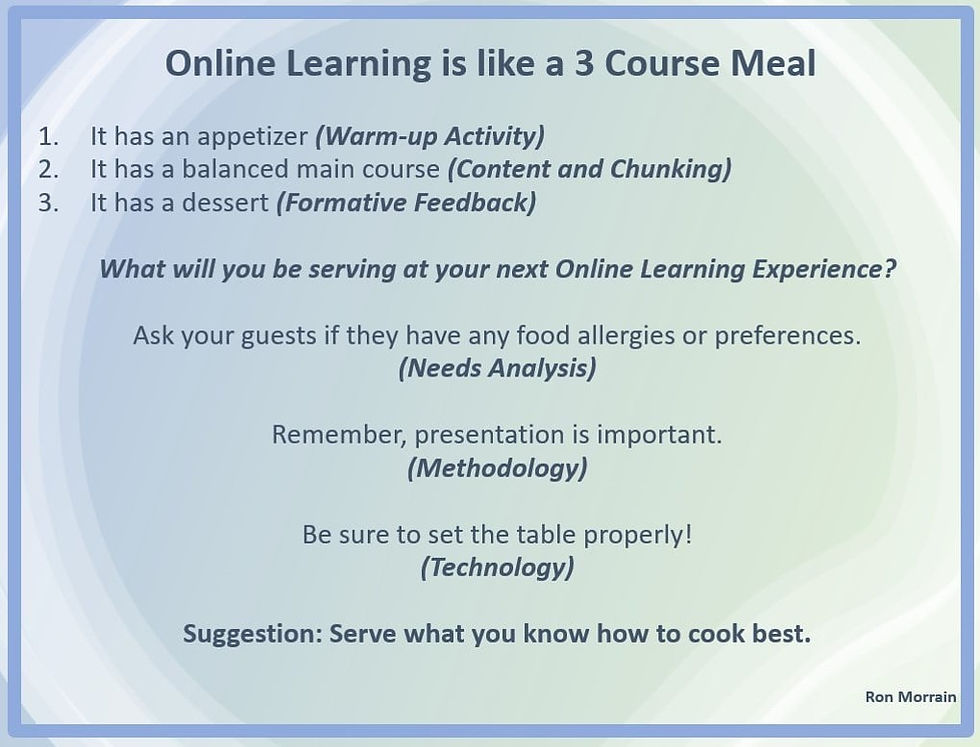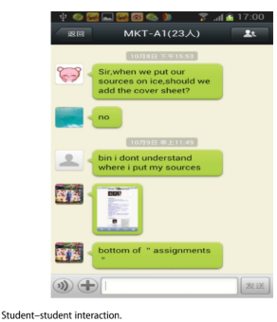- Didi Zou
- Feb 5, 2021
- 3 min read
<The images/ videos/ partial content are from the internet. These materials are for educational reference only. >

Nowadays, people CANNOT live without SOCIAL MEDIA.
Classification of social media (Thelwall, 2009)
1.socializing SNS (Social Network Sites) which are designed for recreational social communication between members such as Facebook, and MySpace ;

2.networking SNS which are designed for non-social interpersonal communication such as LinkedIn;

3.navigation SNS which are designed to help users find a particular type of information or resource such as YouTube, Flickr, and Digg.

4.educational SNS which offer communication, collaboration, and coaching tools to schools and teachers, such as Edmodo and Ning;

5.professional/research SNS which are used for sharing research, such as LinkedIn, ResearchGate, and Academia;

6.social-relational SNS which are used for social interaction, such as Facebook, Twitter, and Wechat.


1. Vocabulary
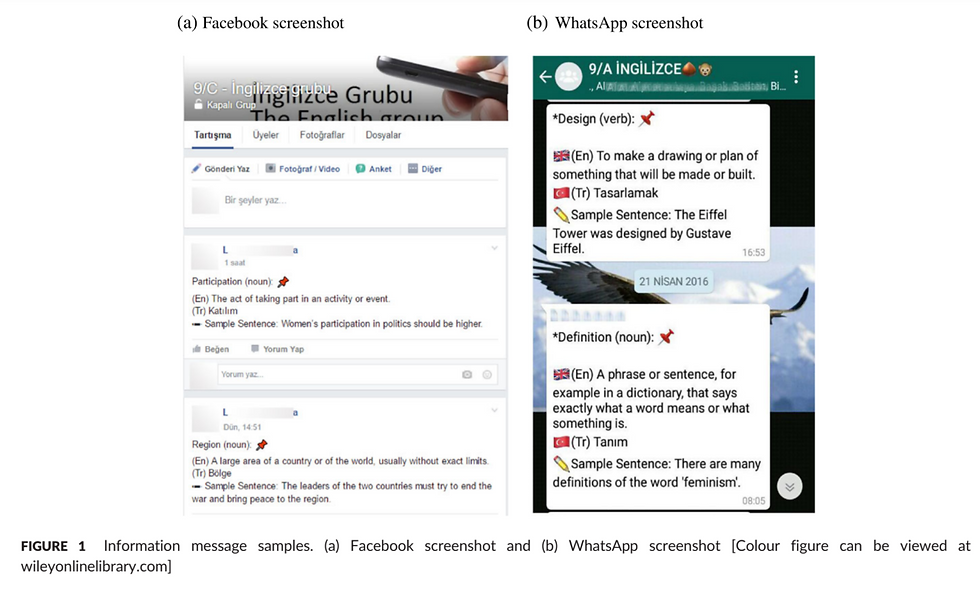
2. Pronunciation
The students were sent a number of tweets on a daily basis, each of them featuring the pronunciation of a word considered to be difficult given unusual sound-spelling correspondences, lexical stress or the presence of silent letters. The results show that the instruction had a beneficial effect on the students’ pronunciation of the target words and that participants were actively engaged during the study. Implications of the results for the teaching of English pronunciation and the use of Twitter in language teaching are also offered (Mompean & Fouz-González, 2016, p. 166).
3. Speaking

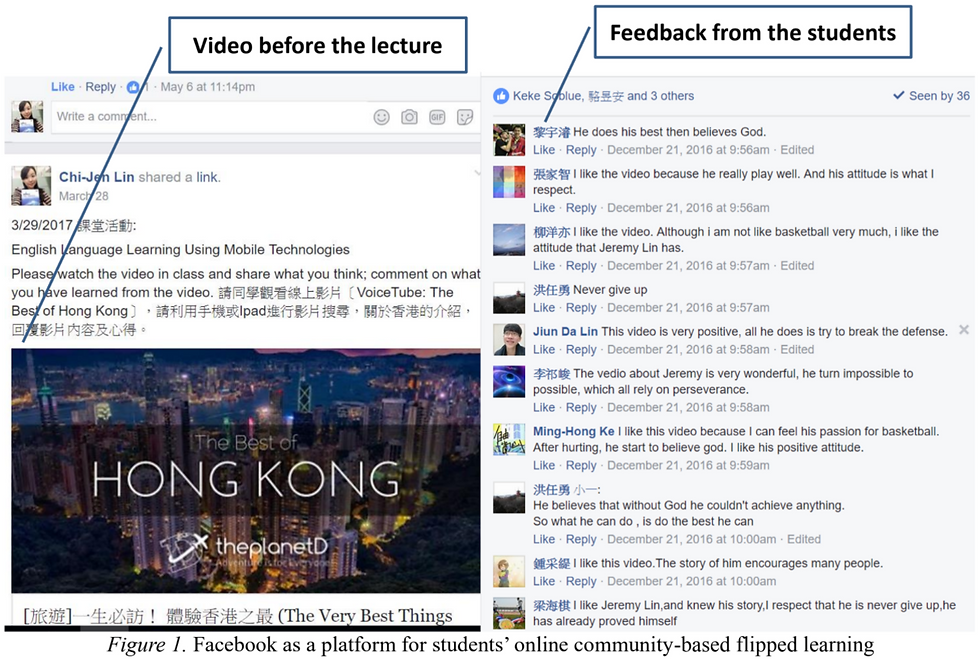
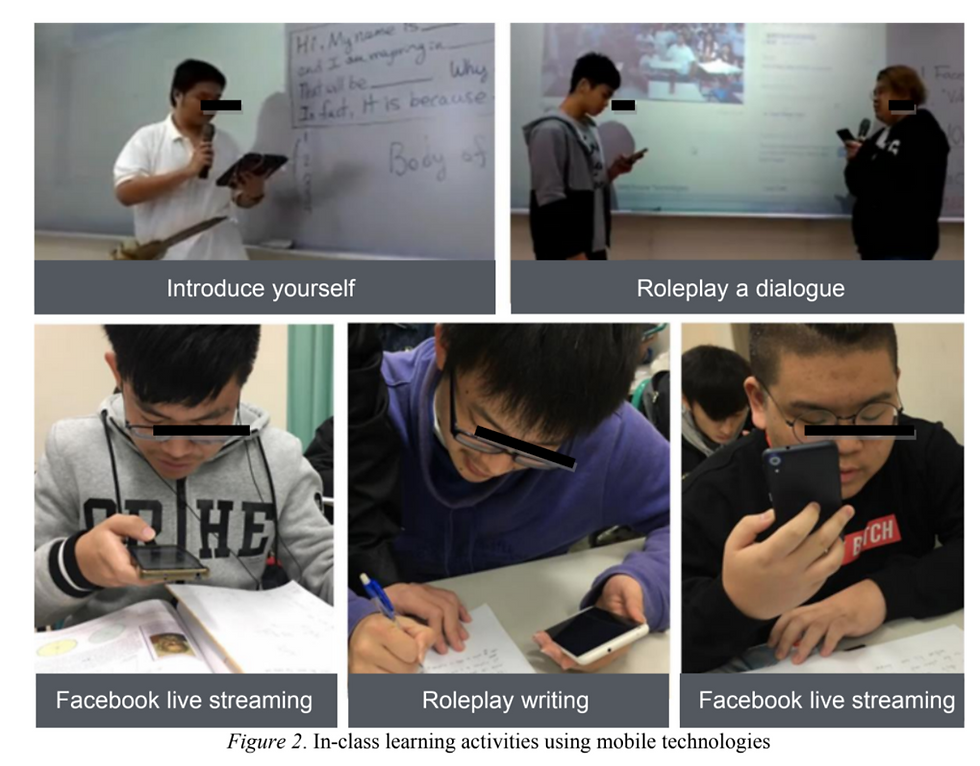
4. Writing
Use Twitter to practice writing sentences with complex grammatical constructions from the academic genre. Provide students with occasional corrective feedback (Hattem, 2014).



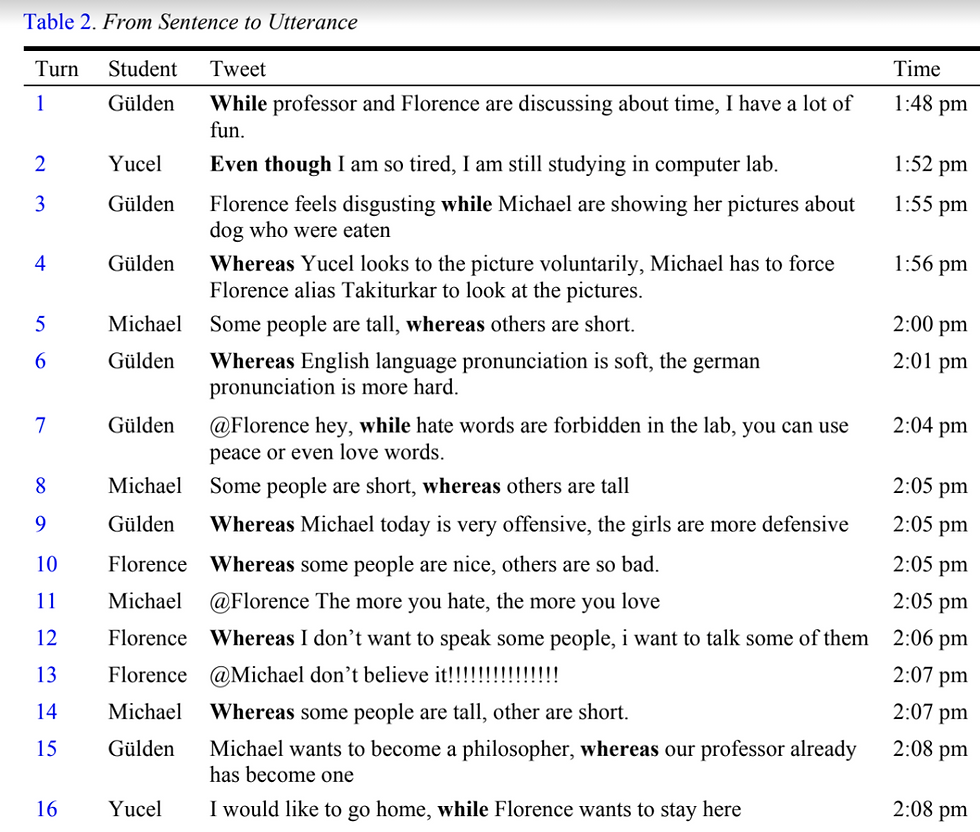
5. Collaborative revision
Collaborative writing revision in a Facebook CoP (Razak & Saeed, 2014).



The qualitative analysis of the data revealed that addition, substitution, deletion, permutation (re-organizing elements), consolidation (combining elements), distribution (breaking up combined elements), negotiation and reciprocal scaffolding are the main revision strategies. These revision strategies focused on writing mechanics, language (form and meaning), unity and content of paragraphs.
The CoP facilitated students’ revision process by increasing the participation of those peripheral learners (new members) in these activities through social ties and relationship building, a supportive learning environment and developing a sense of autonomy among them.

6. Communication & interactions
- ONE
1.Özdemir (2017, p. 510) used Facebook to promote EFL learners’ intercultural communication effectiveness (ICE).

2.The discussion on Facebook group had significantly higher ICE scores than the in-class discussion group.
3.Most of the students had positive attitudes and feelings towards the intercultural instruction and the use of Facebook for developing ICE.

- TWO
-THREE
Foreign language teachers’ interactions with their students on Facebook (Börekci & Aydin, 2020)
1.Teachers’ and students’ perceptions of interactions on Facebook directly relate to the utilization of Facebook regarding not only an interactional tool but also a learning and teaching environment.

2.The interaction levels between students and teachers significantly differed in accordance with gender, school types, graduate degrees, and time spent on Facebook.
3.The study suggests that EFL teachers should create a positive environment for interaction on Facebook to support their learners’ personal and academic development.
1.Teachers preferred passive behaviors when interacting with their students on Facebook.
2.Teachers had the perception that their students preferred passive behaviors while interacting on Facebook as well.
7. Comprehensive practice of all language skills
-ONE (Wang et al., 2019)

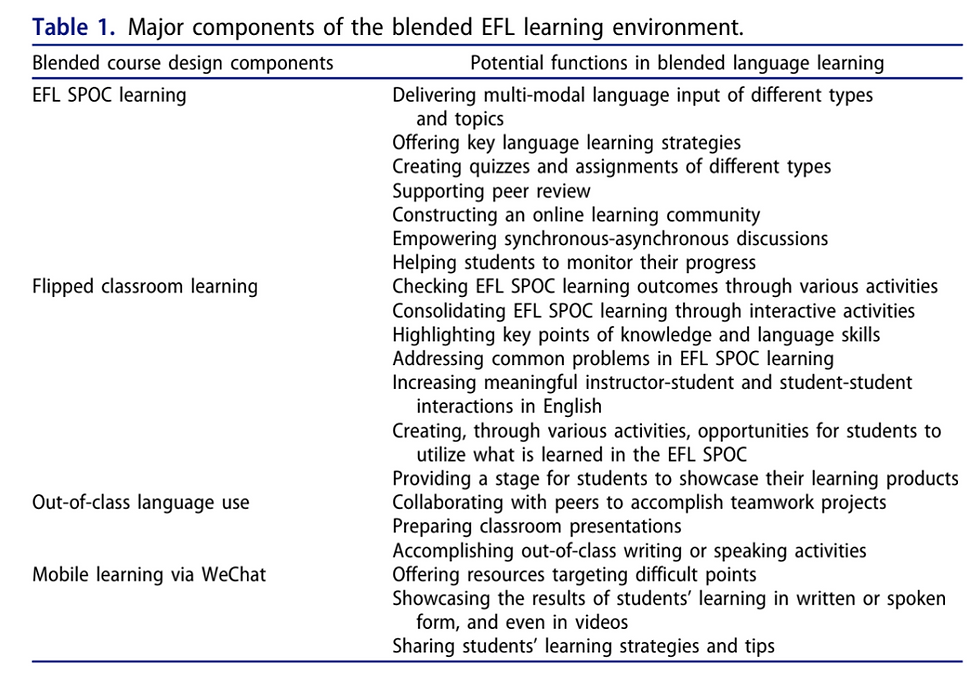



-TWO (Hafner & Miller, 2011)
-THREE


-FOUR (Hsieh et al., 2017a)

-FIVE (Hsieh et al., 2017b)

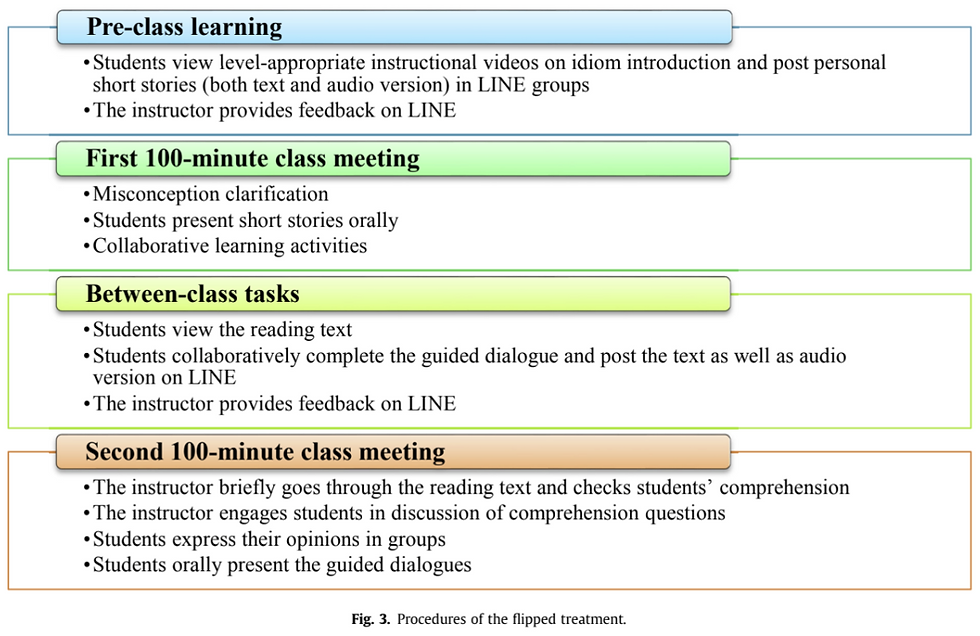
-SIX
Yen et al. (2015) integrated Facebook (asynchronous online discussion) and Skype (synchronous online discussion) as platforms and asked students to perform role-playing based learning activities.



Advantages of using Facebook as an ESL/EFL tool (Alnujaidi, 2017)

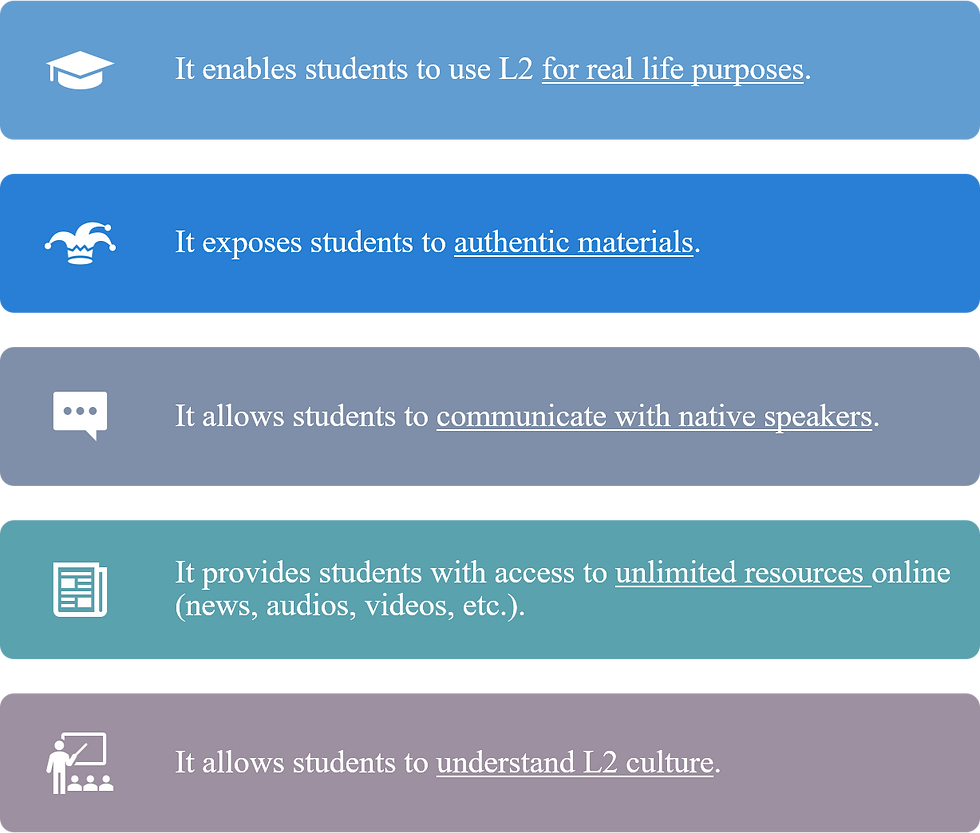
Advantages of using YouTube

1.It provides a wealth of authentic and reliable video materials.
2.It offers real-life examples and visual demonstrations of the topics and concepts covered in class.
3.It provides lesson/lecture launchers to promote discussion and critical thinking.
Advantages of using Twitter

1.It allows teachers to send reminders to students about assignments, tests, etc.
2.It changes classroom dynamics.
3.It encourages collaboration and feedback. Teachers can post a link or a question for students to respond to together using Twitter’s system of responding to a single person.
4.It encourages concise writing and focuses the attention with its 140 characters. Teachers can use Twitter to force students to be concise and to get right to the point.
5.It keeps track of a conversation students carry on a particular topic.
Advantages of using Instagram

1.It provides contextualized visual data that can be effectively used in ESL/EFL classrooms.
2.It creates a socially connected community of ESL/EFL learners.
3.It is commonly used and largely accepted by young learners.
4.It is easily accessed through a mobile app.
5.It promotes student-teacher and student-student interactions.

